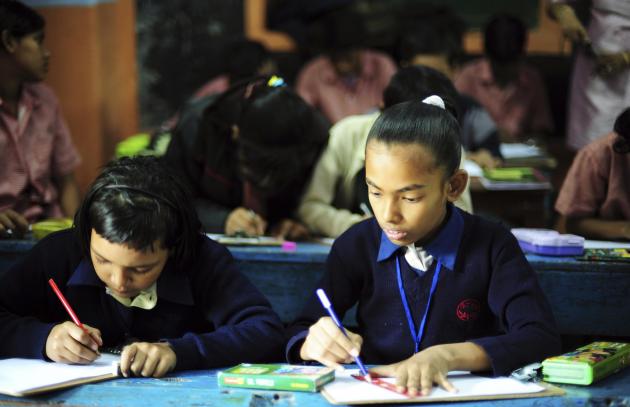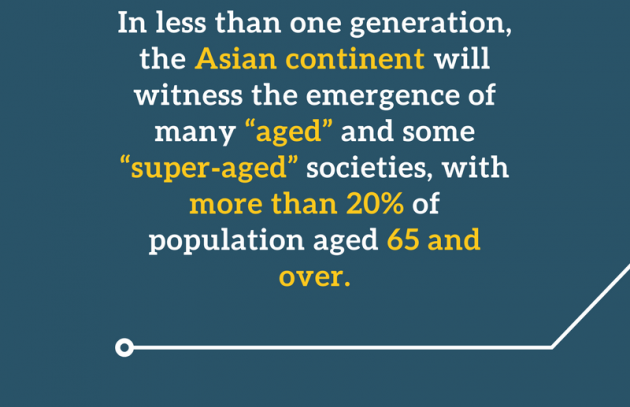hemis_1899951.jpg

The Ministry of Education of Malaysia and IIEP recently convened a policy seminar of the Asian Network of Training and Research Institutions in Educational Planning (ANTRIEP) on the topic ‘Demographic change: What are the implications for education policy and planning?’ in Genting Highlands, Malaysia from 3-5 May.
Bringing together 60 people from research and training institutes and ministries of education of various Asian countries, the seminar focused on how demographic change may impact education systems in Asia. It also looked at the capacity of these systems to incorporate demographic change in education policy and planning. This is an increasingly important, and complex topic on a continent where demographic change is taking place at a fast pace.
Aging societies sweep Asia
A number of Asian countries, including China, Japan, and the Republic of Korea, are characterized as rapidly aging societies. Here, the share of working-age people is declining as the number of old-age dependents are on the rise.
For education systems, this implies important changes in resource allocation decisions such as school closures or mergers in rural areas or inner cities, as youth populations decline and families migrate. It has also resulted in major shifts in policy towards improving learning outcomes and lifelong learning to remain competitive in the global market.
While more youthful nations looks to what skills the future calls for
On the other end of the spectrum are more youthful nations – such as Bangladesh, India and Nepal – with a large and growing share of working-age people. While these countries have a large human resources base, regional differences within countries, between states, social and ethnic groups, rapidly growing urban centers and rural areas call for a differentiated approach in education planning and resource allocation. It also warrants a need for rapid job creation and a review of what types of skills are taught.
Ultimately, shifting demographics will emerge as an important dimension in setting education investment priorities for all countries.
A comparative research project
The seminar’s content was based on findings from an ongoing regional comparative research project led by IIEP and implemented in cooperation with the Institute Aminuddin Baki (IAB), the Korean Education Development Institute (KEDI), and the National University for Educational Planning and Administration (NUEPA).
The research has involved three countries with varying profiles in regards to demographic shifts, both in past decades and looking to the future:
- The Republic of Korea, an economically advanced OECD member, is the most rapidly aging nation in the world. Education investment priorities are at the centre of public policy debates on options to maintain productivity levels and welfare gains.
- Malaysia is in a late stage of demographic transition. Changes in enrolment patterns at regional level create new challenges for education service provision, while the effects of the transition on the labour market is only starting to emerge.
- India is a “young” country with an increasing working-age population. In order to benefit from the window of opportunity referred to as “demographic dividend”, industrialization and labour market policies will need to be supported by adequate education and training policies.
The policy seminar examined the relative importance of different demographic drivers such as national and subnational population data and urbanization or migration in explaining changing enrolment patterns across these different types of countries.
Participants examined some of the implications of demographic shifts within countries, such as how it impacts demand for education and the responsiveness of public policies that focus on efforts to maximize improvements in human capital as a source of economic growth. During the seminar, issues were discussed from a comparative perspective, with particular reference to the three case countries.
A comparative analysis is being prepared by IIEP that will be published before the end of 2017. It will be based on the three country case studies prepared by national research teams from Malaysia (IAB), the Republic of Korea (KEDI) and India (NUEPA).






